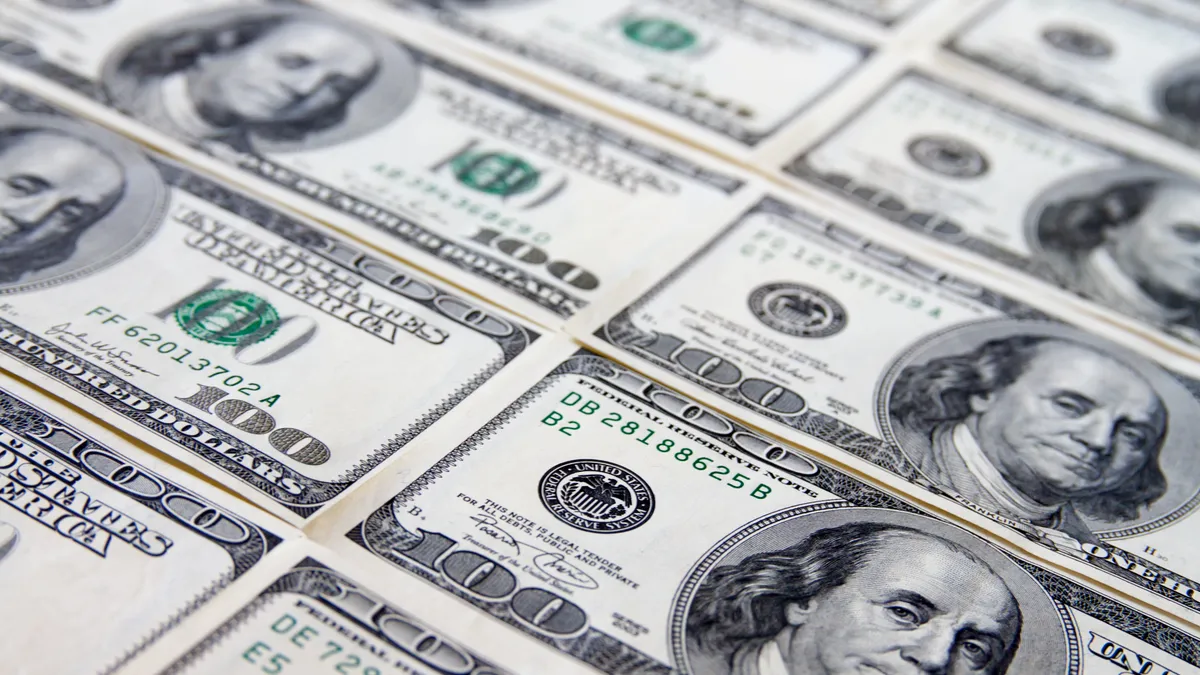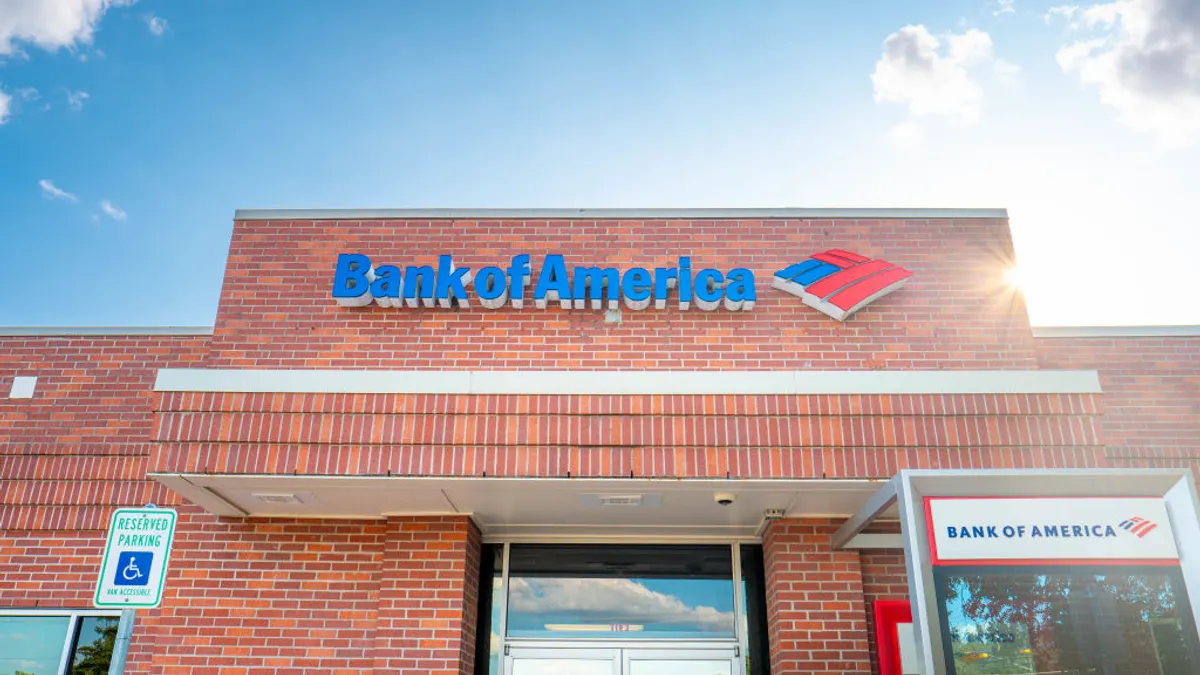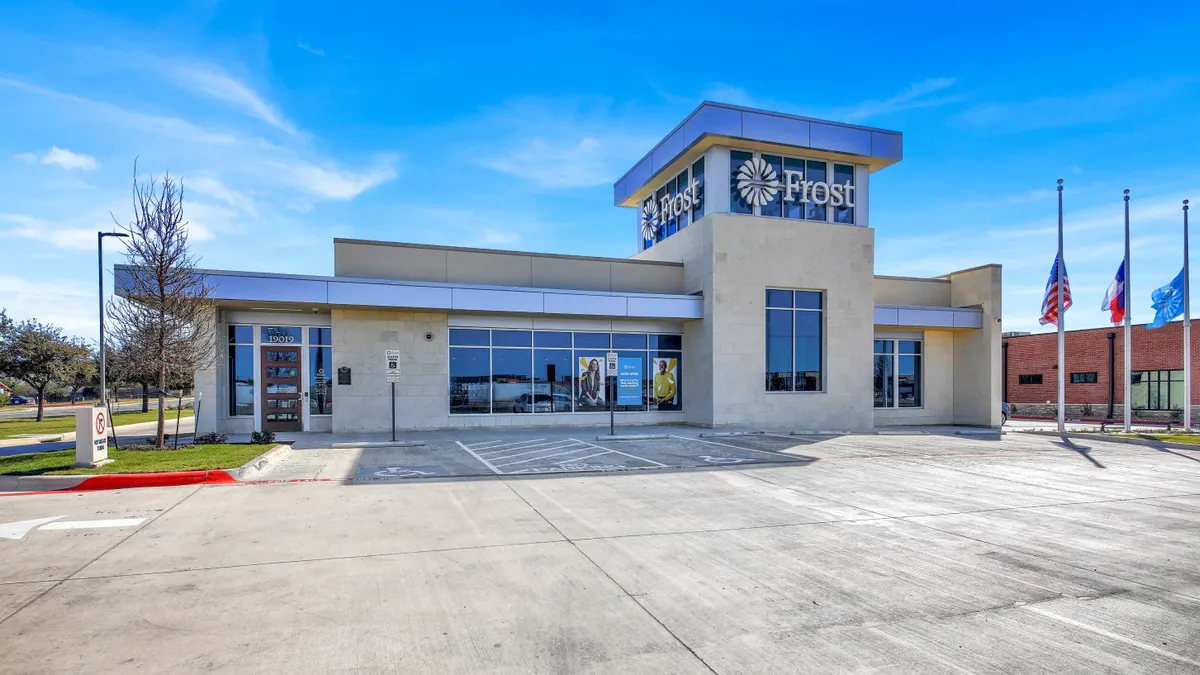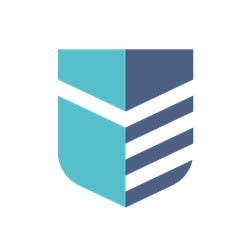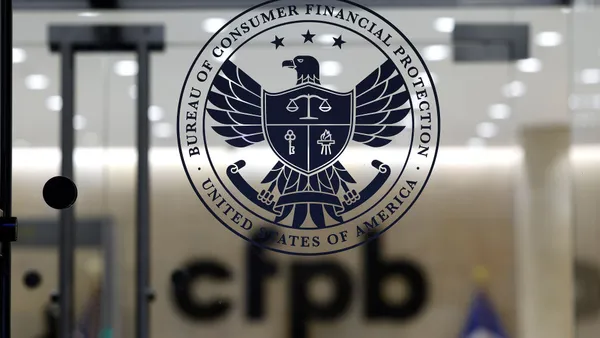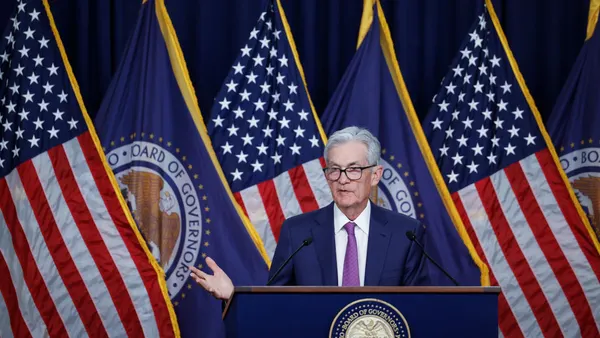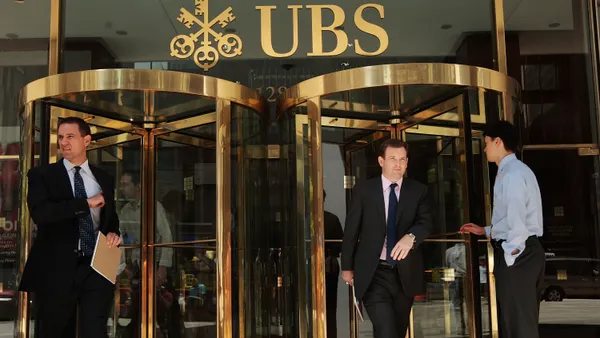UPDATE: June 5, 2020: President Trump signed the Paycheck Protection Program Flexibility Act on Friday, Forbes reported.
Dive Brief:
- The Senate on Wednesday approved legislation to decrease — from 75% to 60% — the proportion of a Paycheck Protection Program (PPP) loan that a small business must put toward payroll. The bill, which the House passed last week, triples — to 24 weeks — the time frame during which the funds must be spent for the loan to be forgiven. It also give businesses five years instead of two to repay any part of the loan that isn’t forgiven. And it extends until Dec. 31 the deadline to rehire workers.
- The measure passed with unanimous consent, but some senators still had reservations. Sen. Ron Johnson, R-WI, insisted a letter be entered into the record stating that the PPP loan period closes to new applicants June 30.
- Although the easing of loan requirements generally drew praise, an executive vice president with the Independent Community Bankers of America (ICBA) called the bill "a Senate punt on fixing the issues with the PPP program." The Senate adjourned May 21 for a weeklong break without agreeing on fixes to the PPP. "Much more needs to be done on this bill," said the ICBA’s Paul Merski.
Dive Insight:
Although the PPP saw a fugue of interest from small businesses when it was first launched, caveats to loan forgiveness and myriad changes in guidance from the Small Business Administration (SBA) and Treasury Department curbed some companies' enthusiasm for the program. The initial $350 billion in funding ran out in 13 days. However, about $130 billion in loan money remains from the second $320 billion round that was made available in late April, according to the SBA.
"There is no doubt in my mind that PPP restrictions have dampened demand," Karen Kerrigan, president and CEO of advocacy group The SBE Council, told CNBC. "Many will receive minimal forgiveness, and given the uncertainty of economic recovery and when many can reopen, business owners fear for their survival and do not want to take on additional debt."
Guidelines for PPP loans were released fragment by fragment, undergoing several revisions that left businesses unsure whether they qualified for the money and what they must do for forgiveness, Anthony Wilkinson, president of the National Association of Guaranteed Government Lenders, told the Pandemic Response Accountability Committee on Wednesday. The often-contradictory guidance puts banks making those loans at risk, in addition to the businesses receiving them, he said.
"Is it any wonder why borrowers and lenders are questioning whether Treasury has set everyone up to fail?" Wilkinson said, according to Bloomberg. "Is it any wonder why borrowers of all sizes have been returning their loans out of fear of their own government?"
That uncertainty may have led some PPP recipients to return the loans unused. At least $20 billion in PPP loans have been canceled, according to Bloomberg calculations.
The extension of the program's spending period is the most time-sensitive fix in the bill. The initial eight-week time frame ended last Friday for the first businesses approved for the loans. The loan-forgiveness period ends in the next couple of weeks for a majority of National Federation of Independent Business members surveyed last week.
Loan forgiveness was at the root of another senator's caution regarding the PPP bill. Sen. Susan Collins, R-ME, said the House bill created a "cliff." While the current program allows partial loan forgiveness if a company uses less than 75% of a loan for payroll, the House bill appears to state none of the loan would be forgiven if the 60% threshold isn't met, Collins said. "Instead, the employer is saddled with a debt for the entire amount, and no portion of the loan is forgiven or converted to a grant," she said.
Absolution was also a chief concern for the Consumer Bankers Association and the Bank Policy Institute, which asked Congress on Tuesday to automatically forgive PPP loans of less than $150,000.
Under a $150,000 threshold, more than a quarter of all PPP loan dollars would qualify for automatic forgiveness, the banking trade groups said, but 85% of PPP loan recipients would benefit.
"Their time and resources would be better focused on getting the economy safely back up and running, not processing burdensome paperwork," the banking trade groups wrote, according to American Banker.
Recovery from the coronavirus crisis has taken longer than Congress expected when it passed legislation establishing PPP, one lawmaker conceded.
"When we passed these bills in March, quite frankly we thought by now, the economy would be in much better shape than it is," Sen. Ben Cardin, D-MD, said on the Senate floor. "We need to have a program that represents the vast majority of small businesses."
Although eight of 10 small businesses are in the process of reopening, according to a U.S. Chamber of Commerce survey released Wednesday, 55% think it will take more than six months to be fully operational — up from 50% in an April poll and 46% in March, Bloomberg reported.
For its part, the SBA — looking to make sure PPP loans reach low-income, underserved or nonwhite areas — last week set aside $10 billion of the program's funds for community development financial institutions (CDFIs). In response to civic unrest unleashed in the wake of the May 25 death of George Floyd, CDFI leaders are lobbying for some of the funds to be earmarked to help vandalized small businesses rebuild.



